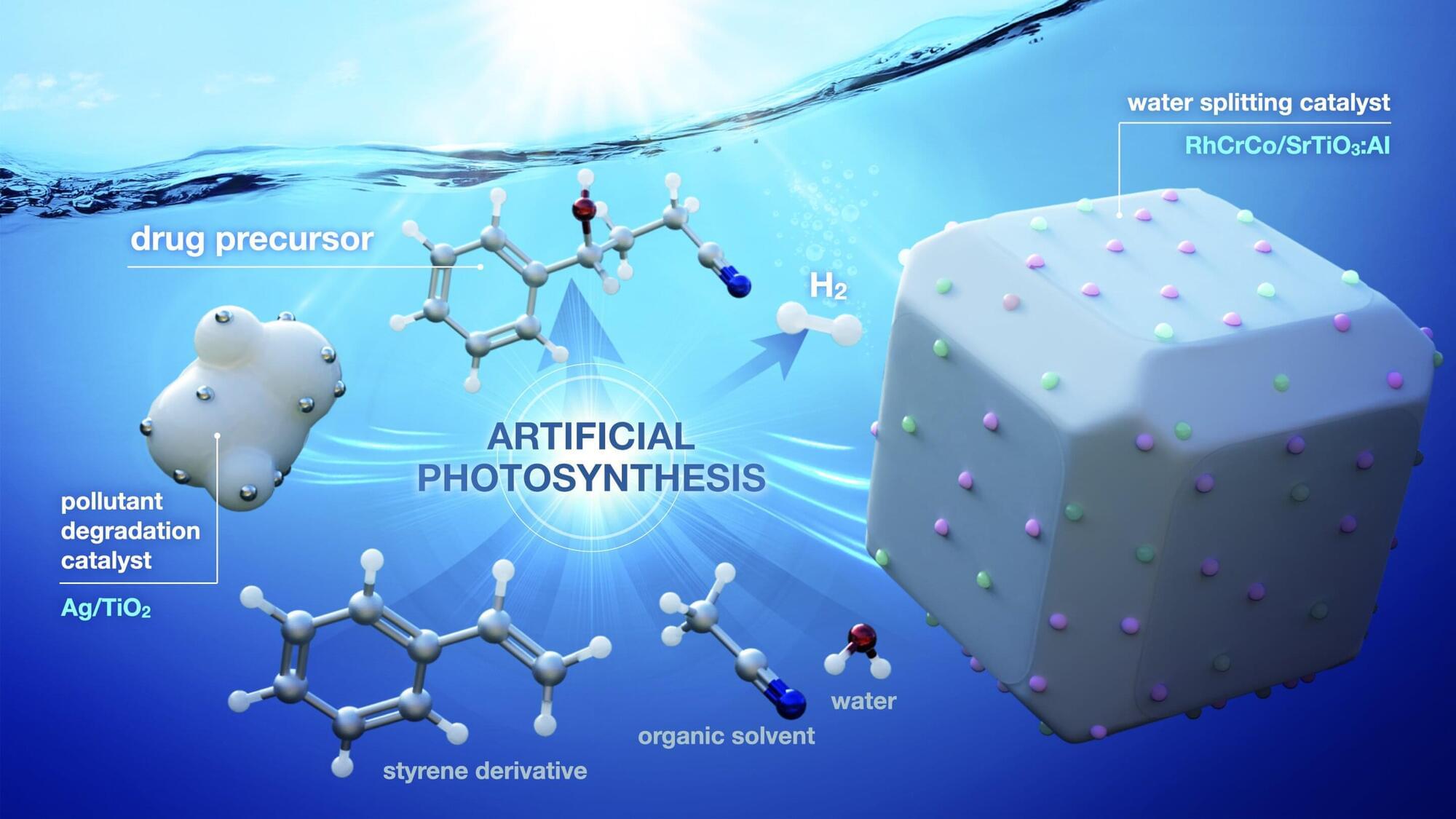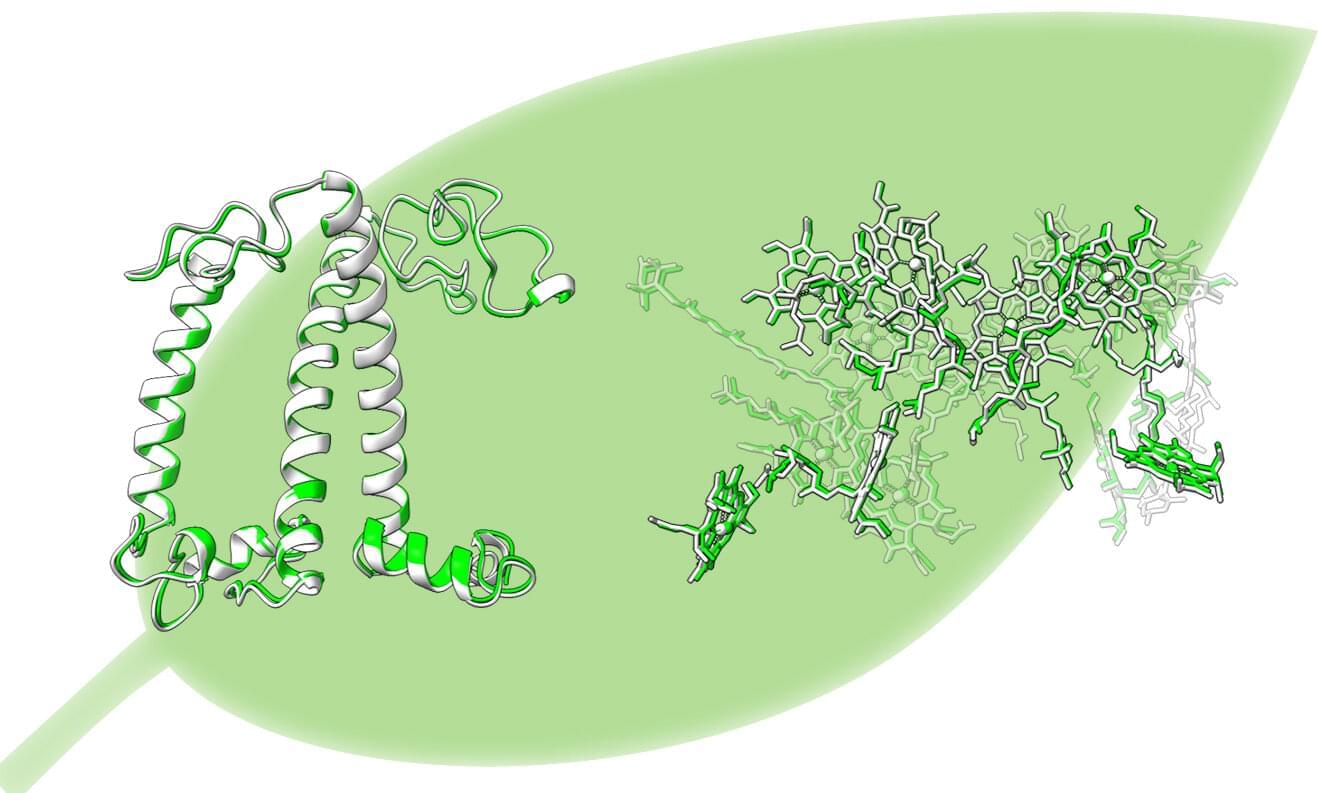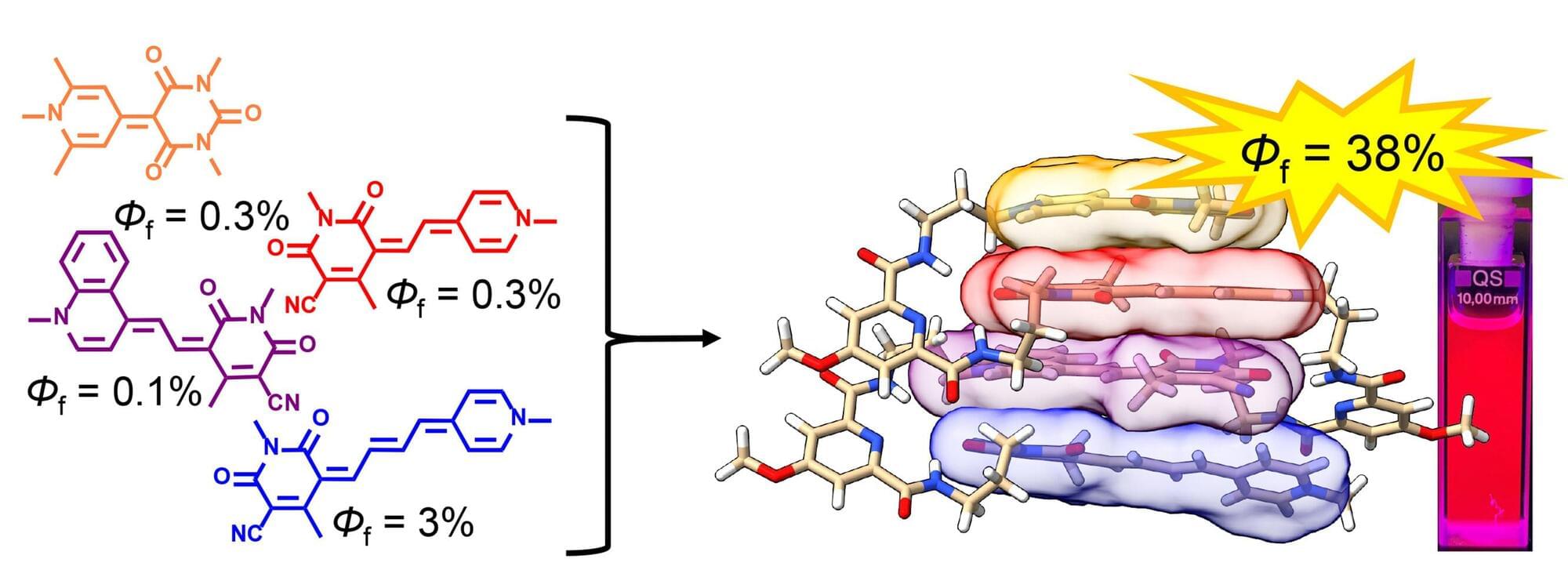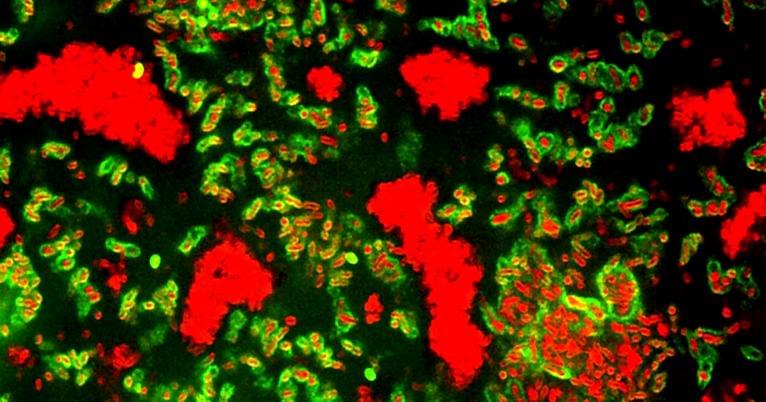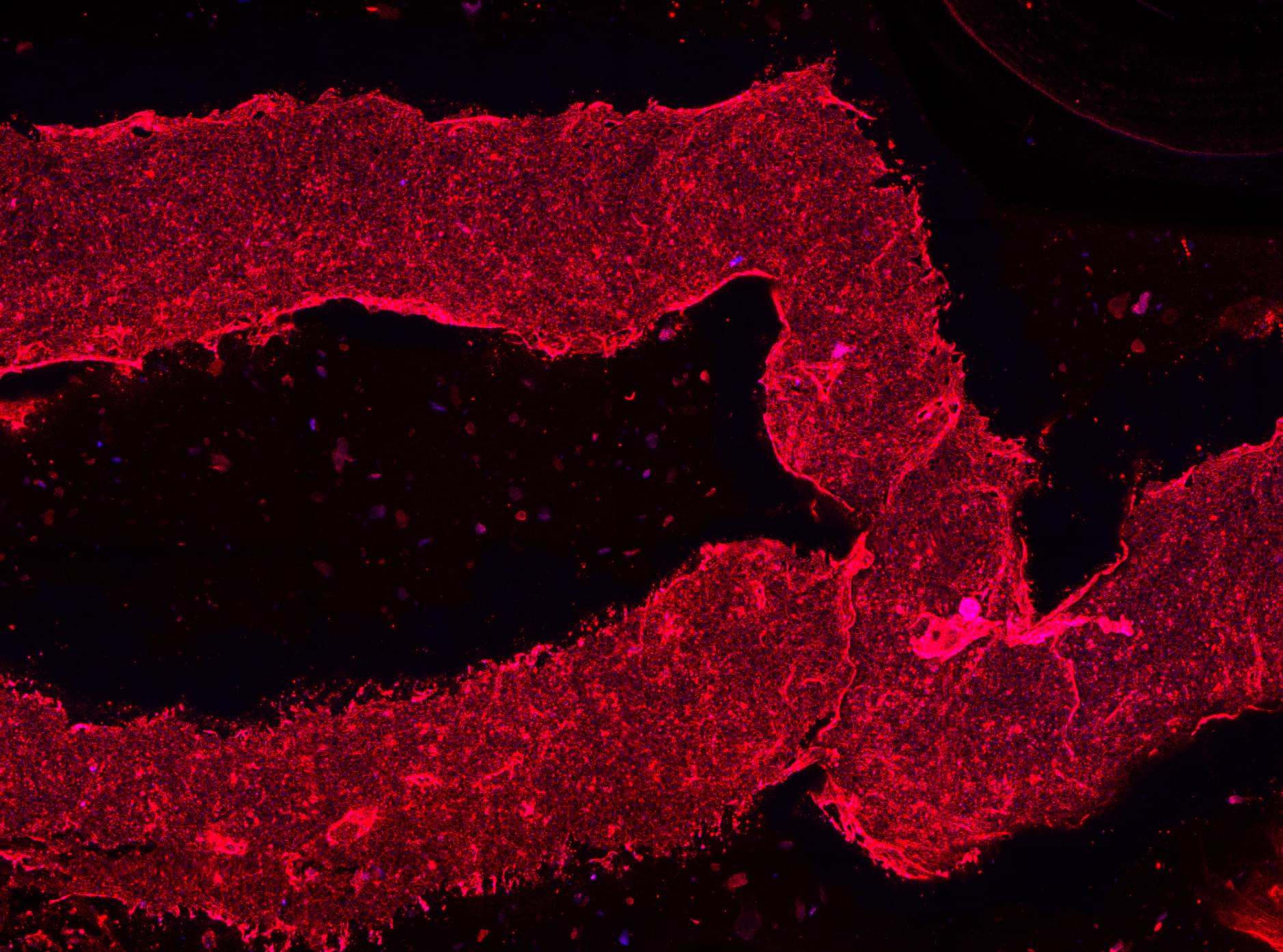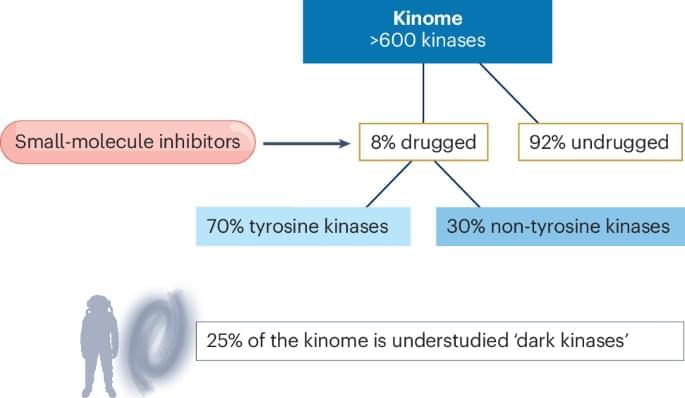A research team led by Assistant Professor Shogo Mori and Professor Susumu Saito at Nagoya University has developed a method of artificial photosynthesis that uses sunlight and water to produce energy and valuable organic compounds, including pharmaceutical materials, from waste organic compounds. This achievement represents a significant step toward sustainable energy and chemical production.
The findings were published in Nature Communications.
“Artificial photosynthesis involves chemical reactions that mimic the way plants convert sunlight, water, and carbon dioxide into energy-rich glucose,” Saito explained. “Waste products, which are often produced by other processes, were not formed; instead, only energy and useful chemicals were created.”
